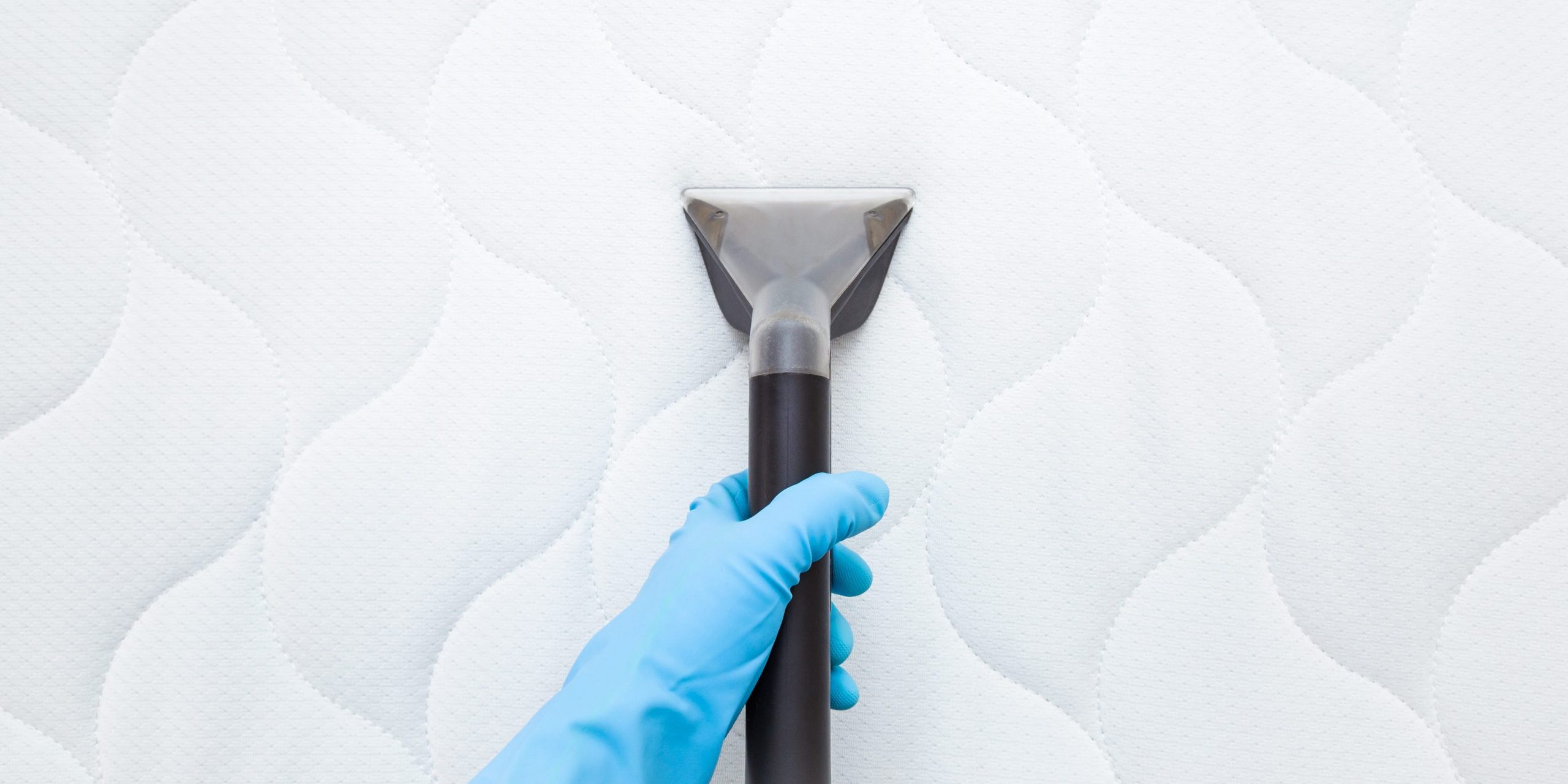
FotoDuets/Getty Images
- Baking soda and a thorough vacuum can help remove dust and odors that build up in a mattress.
- A deep cleaning is needed two to four times a year, but stains should be spot treated as soon as possible.
- Experts recommend changing your mattress every six to eight years — or when it starts getting saggy.
- Visit Insider’s homepage for more stories.
The bed is usually the coziest sanctuary in our home. Not only is a mattress an expensive household purchases, we also spend an astounding average of 33 years in bed. But as we recharge and rest, our mattresses collect and absorb sweat, skin and hair oils, dust, pet dander, and so much more.
Despite that, we rarely take the steps necessary to keep it clean. A proper bed cleaning goes beyond the regular changing and washing of bed sheets, according to mattress experts Brian Wiersma, director of initiatives and manager of Merry Maids Memphis, and Karen Phillips-Recchia, certified bedding consultant at Jerome’s Dream Shop. The mattress itself – box spring or memory foam – also requires routine care and maintenance.
How to spot treat a mattress
For blood and sweat stains, Phillips-Recchia lightly rubs them with a disinfectant wipe. If they're especially tough, Wierma recommends mixing one part dishwashing liquid with three parts hydrogen peroxide and lightly rubbing with a damp cloth.
"To treat pet stains and urine, a bacteria/enzyme digester may be necessary to deodorize the area," says Wierma.
Adds Phillips-Recchia, "urine cannot be fully removed as a mattress is a big sponge and will soak it up. A disinfectant wipe will clean the surface stain, but not down in the foam." If frequent urination is a problem, she recommends a waterproof sheet or protector that can be regularly washed.
Do you need to rotate a mattress?
Rotating a mattress every six months is a simple way to lengthen the life of your mattress and make sure the wear isn't uneven over time. However, Wiersma says the best option is to "check your manufacturer's instructions for recommendations to make sure you rotate your mattress properly" since many modern mattresses no longer require flipping because of their one-sided design.
Another way to extend the life of a mattress is with a protector. Phillips-Recchia says that while many mattresses last 10 years (and others up to 25 years depending on the brand), having a protector on at all times will ultimately contribute to its longevity.
"Bodily fluids, allergens, etc can break down foams faster. A mattress can double in weight in 10 years if not protected," says Phillips-Recchia.
How often should you clean your mattress?
A bi-weekly mattress vacuuming at the same time you change your sheets can be a great way to get into the habit of regular cleanings throughout the year. As for deep cleans, Wiersma suggests two to four times a year, or every three to six months.
When to replace a mattress
A good mattress will help you get a night of restful sleep. If your mattress is getting noticeably saggy in certain spots, the springs are creakier than usual, or you're waking up with stiff muscles, it may be time to get find a replacement.
Insider's takeaway
Just like the pillows, sheets, and other items that make up our sleeping environment, mattresses require routine cleaning and care. Changing bedsheets frequently and using a mattress protector will help keep dust and other particles out in between deep cleanings.